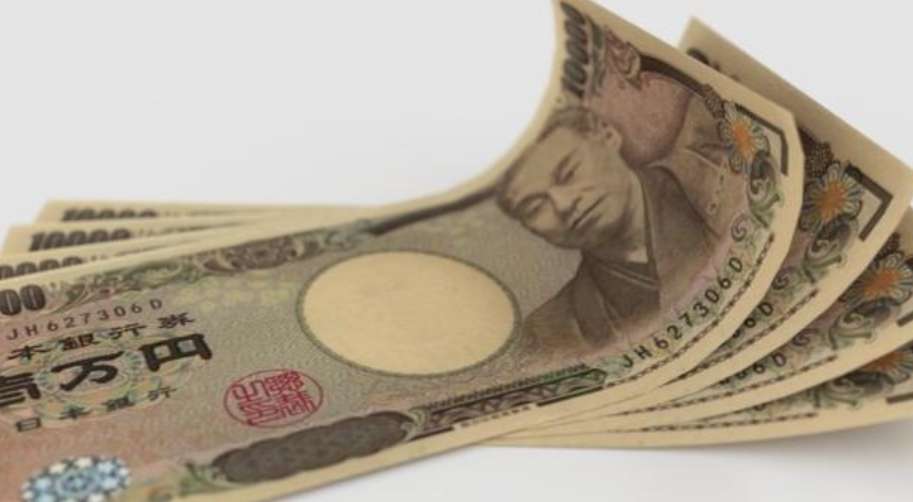Yen Plunges Again
Advertisements
In recent weeks, the Japanese yen has been under intense pressure, suffering significant losses against the US dollar. On July 2nd, the yen hit a new low, dropping to 161.75 yen for every dollar, a level not seen in 38 years. This latest decline extends the yen's year-to-date depreciation to a staggering 14.8%. The repercussions of this trend not only reflect Japan's economic stability but also raise questions about the effectiveness of government interventions to stabilize the currency.
The persistent downfall of the yen has led to increasing anxiety among investors and analysts regarding potential government intervention. Both Bank of America and Citigroup predict that the Japanese government may not step in to support the yen until it falls to around 165 yen per dollar. According to Citigroup's estimates, Japan is armed with approximately $200 billion to $300 billion that could be mobilized for further monetary intervention if needed. Yet, the markets remain skeptical about the effectiveness of any such government actions amid ongoing global economic challenges.
The ramifications of the yen's decline are palpable. Japan's heavy reliance on imports for essential goods such as energy and food means that a weaker yen translates into rising prices domestically. Economists warn that this inflationary pressure could pose a serious threat not only to household budgets but also to the overall economy. The negative sentiment surrounding the currency has already influenced assessments of the Japanese stock market, with Schroders recently downgrading their outlook due to the currency's weakness.
The yen's most recent dip has fueled market speculation that the government may soon need to intervene. Masafumi Yamamoto, chief foreign exchange strategist at Mizuho Securities, highlighted concerns not only about the pace of the yen's decline but also its level. Failure to intervene could mean the yen testing the psychological threshold of 162. Meanwhile, no indications of intervention by the authorities have surfaced thus far, leading many to suspect that recent verbal indications from the government may amount to little more than posturing.
Market fears are exacerbated by a series of personnel changes within the Japanese Ministry of Finance, including the recent appointment of Atsushi Mimura as Deputy Minister. This transition is taking place as the yen grapples with significant volatility, further complicating the government's response strategy. Analysts suggest that during such tumultuous times, the new leadership may have different policy considerations that could influence its approach to combating the yen's decline.
The impact of the yen's plummet is already evident in everyday life. Recently released data revealed that Japan's core consumer price index (CPI), which excludes fresh food prices, rose by 2.1% year-on-year in June. This uptick indicates that inflation might be gaining traction, with increasing costs being felt among households across the nation. A staggering number of products—over 10,000 food items—already face or plan price increases as a direct consequence of the weakening yen.

Economists have calculated that if the yen remains at its current exchange rate, the average household might see an increase in their annual expenses by approximately 90,000 yen (around $600) despite any subsidy interventions. This scenario underscores the urgency of addressing the yen's decline, especially as the cost of living creeps higher due to imported inflation.
Makoto Noji, chief forex and foreign bond strategist at Sumitomo Mitsui Trust, stressed that the issue of a weakening yen could no longer be overlooked. As inflation driven by imports continues to surge, the adverse effects of a depreciating yen have emerged as a pressing concern for consumers and businesses alike.
Beyond economic impacts, the volatile currency situation has also begun to create ripples in equity markets, with companies becoming cautious due to deteriorating consumer confidence linked to yen weakness. The situation invites comparisons to other countries' responses during crises, highlighting the delicate balance Japan must maintain in its monetary policy.
A vital factor contributing to the yen's ongoing depreciation lies within the US Federal Reserve's policies. The Fed's prolonged inaction, particularly in keeping interest rates high while Japan's linger close to zero, has widened the yield differential and increased the pressure on the yen. This divergence exacerbates the currency’s fall as foreign investors shift preferences for better returns in US assets.
With the Bank of Japan's next monetary policy meeting scheduled for July 30-31, analysts are closely monitoring for signs of potential adjustments. There’s speculation that just reducing the scale of asset purchases might not be sufficient to halt the yen's decline, hinting instead at a dual approach involving both tapering and a hike in interest rates.
Latest reports from the Bank of Japan indicated a slight boost in confidence among large manufacturers. The Tankan survey revealed an uptick in the sentiment index, climbing from 11 to 13 for the second quarter of this year. Such measures pave the way for interpreting a solid foundation that may prompt the Bank of Japan to consider tightening its monetary stance in response to economic signals.
As price stability remains an elusive goal, another potential factor for the Bank of Japan will be how rising inflation may necessitate adjustments in its monetary policy. Chief economist Yuichi Kodama from Meiji Yasuda Research Institute noted that with inflation expectations rising, even modest increases in interest rates could be justified.
In conclusion, the ongoing challenges facing the yen are not just about currency valuation; they are intertwined with broader economic shifts, consumer behavior, and misguided government strategies. The world is closely watching Japan as its financial authorities look to navigate through these turbulent waters, and the ultimate resolutions might shape exchange rate policies globally.